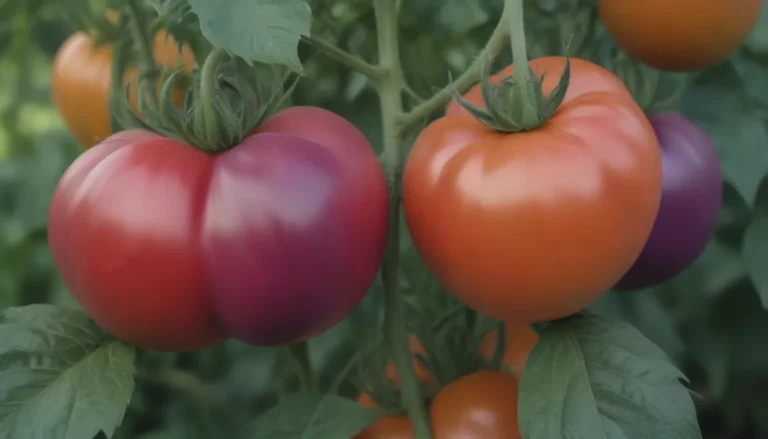Guide to Harvesting Kale for the Sweetest Greens

Are you growing kale in your garden and eagerly awaiting the perfect moment to harvest? Knowing when and how to harvest kale is crucial to ensure you enjoy the sweetest greens from your garden. Whether you’re a seasoned gardener or just starting out, this guide will provide you with valuable information on harvesting kale at the right time.
When is Kale Ready to Harvest?
Kale is typically ready to harvest about two to three months after planting. However, the exact timing may vary depending on the variety you are growing. To determine if your kale is ready for harvest, look for these signs:
- Leaves are 6 to 12 inches long
- The plant has been in the ground for at least two months
- Some varieties, such as cavolo nero and White Russian kale, may have a more frequent leaf production cycle
Before harvesting your kale, check the information tag or seed packet for specific guidelines on when to harvest your particular cultivar. Keep an eye out for these factors that can influence the readiness of your kale:
- Weather and temperature: Extreme weather conditions can affect the growth of kale
- An unexpected frost: Frost can damage kale leaves and impact the flavor
- Spotting flowers or a center stalk: Kale plants may start to bolt, indicating that the plant is focusing on reproduction rather than leaf growth
- Taste after bolting: If your kale starts to bolt, taste a leaf to see if it becomes bitter
How to Harvest Kale for Continued Growth
Once your kale has reached maturity, it’s time to start harvesting. Follow these simple steps to ensure you gather your kale properly and encourage regrowth for a healthy crop:
- Allow your plant to mature: Wait until the leaves are fully developed before harvesting to ensure the best flavor and texture.
- Grab your supplies: Prepare a sharp pair of scissors or garden shears for harvesting.
- Start picking: Trim the outer leaves first, starting from the bottom of the plant and working your way up.
- Leave enough for the plant: To encourage regrowth, only harvest about one-third of the plant, leaving the younger leaves to continue growing.
By following these steps, you can enjoy a continuous supply of fresh kale throughout the growing season.
Harvesting Frequency and Tips
Kale offers a nice harvesting cadence as leaves mature gradually. You can pick the bottom third of your plant initially and return once the upper leaves have matured. This method allows for a continual harvest as the plant continues to grow. Here are some additional tips for harvesting kale:
- Frequency: Aim to harvest kale every five to seven days to ensure you pick the leaves at their peak freshness.
- Size: Leaves that are between 6 and 12 inches long are ideal for harvesting.
- Regrowth: To promote regrowth, leave about two-thirds of the plant intact when harvesting, focusing on the outer leaves.
Remember that kale is a biennial plant, meaning it will not regrow after its second year. However, during a single growing season, kale will continue to produce leaves after harvesting.
In conclusion, harvesting kale at the right time and in the proper way is essential for enjoying the best flavor and quality from your garden. By following the guidelines in this article, you can ensure a bountiful harvest of sweet and nutritious kale throughout the season. Happy harvesting!





